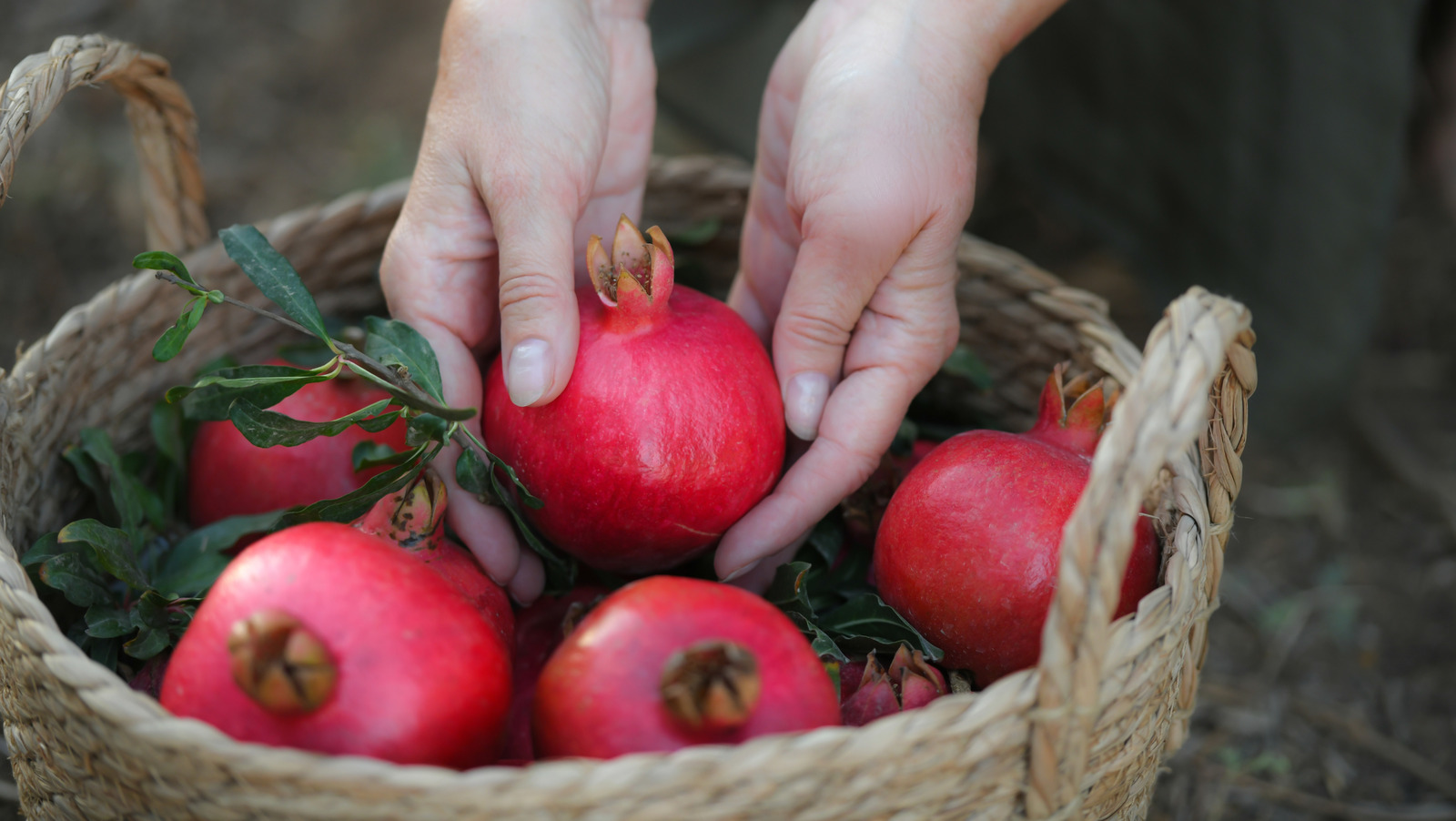
"They're not the most common fruit in American kitchens, but they've been cultivated for centuries, as far back as the Bronze Age, across the Middle East and Mediterranean, celebrated for both their beauty and their tart-sweet flavor, and associated with myth and cultural identity."
"The simplest trick for choosing a good one is to pick it up. A ripe pomegranate should feel unexpectedly heavy in your hand, almost dense for its size. That heft signals plump arils brimming with juice, while a lighter fruit often means the seeds inside have dried or the chambers are hollow. Comparing a few side by side makes the differences obvious. No scale needed, just trust the weight."
Pomegranates arrive in markets as days turn cold, their ruby skins brightening the gray months. Cultivation dates back to the Bronze Age across the Middle East and Mediterranean, where the fruit gained cultural and mythical associations. The fruit balances tart and sweet flavors and adds visual drama to a table. Choose pomegranates that feel unexpectedly heavy for their size, signaling plump, juicy arils, while lighter fruits often contain dried seeds or hollow chambers. Color varies by variety, but richly hued, firm, and taut skins are desirable; avoid soft, spongy fruit or large cracks. To extract seeds without splattering, score the skin lightly and pry the fruit apart under cold water.
Read at Tasting Table
Unable to calculate read time
Collection
[
|
...
]